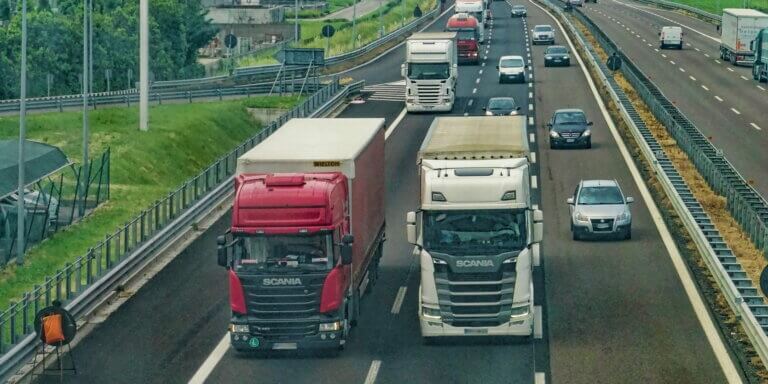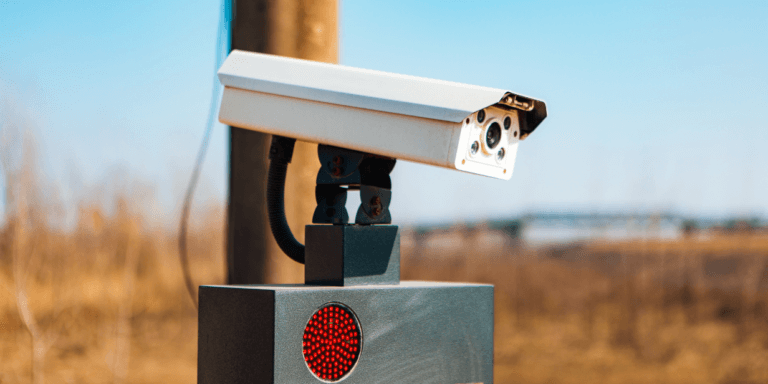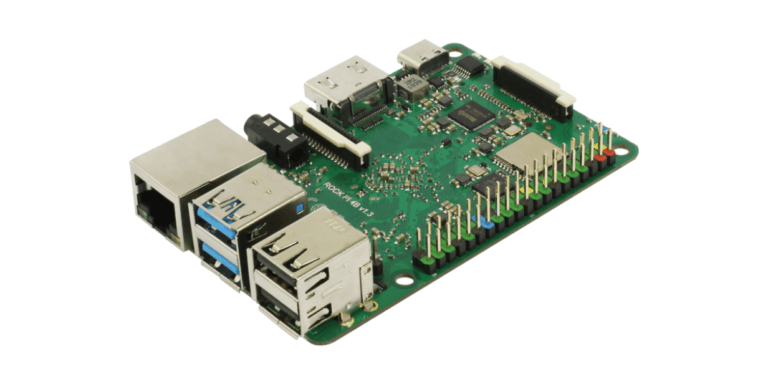License Plate Readers (LPRs) are rapidly becoming essential tools for traffic monitoring, security enforcement, and managing facility access. A growing number of organizations are implementing LPR technology to gain accurate, real-time insights into vehicle activity. These include municipal agencies aiming to improve road safety, commercial facilities seeking to manage vehicle flow, and private security providers enhancing property oversight.
This guide provides a strategic and compliance-focused overview of LPR technology, including its definition, functionality, applications, and key considerations for implementation. It’s designed to support both first-time users exploring LPR systems and experienced teams seeking to optimize their setup. The following sections explore how LPR systems function, their global applications, privacy and compliance considerations, and recommendations for ethical use—equipping you with the knowledge to plan, deploy, and manage LPR technology effectively.
What is a License Plate Reader?
License Plate Readers (LPRs) are systems that pair standard video cameras with intelligent software designed to detect and recognize vehicle license plates in real time. While cameras are widely used for tasks like home security, traffic observation, and retail monitoring, it’s the software that enables a camera to function as a license plate reader.
These systems process footage from compatible video feeds using dedicated software. This setup is commonly deployed at traffic intersections, parking facility entrances, highways, and on patrol vehicles. As a vehicle enters the camera’s view, the software analyzes the footage, captures the plate number, and checks it against relevant databases.
LPR systems are used in a range of settings, from tracking stolen vehicles and enforcing tolls to managing parking access and supporting criminal investigations. Automated plate recognition reduces manual effort, speeds up response times, and improves operational efficiency across both public and private sectors.
How Does a License Plate Reader Work?
An LPR system begins with a video camera aimed at locations where vehicles pass through, such as a gate, driveway, or street. The key component is the software, which processes the camera feed to detect license plates, extract alphanumeric data, and convert it into usable information using Optical Character Recognition (OCR) and AI.
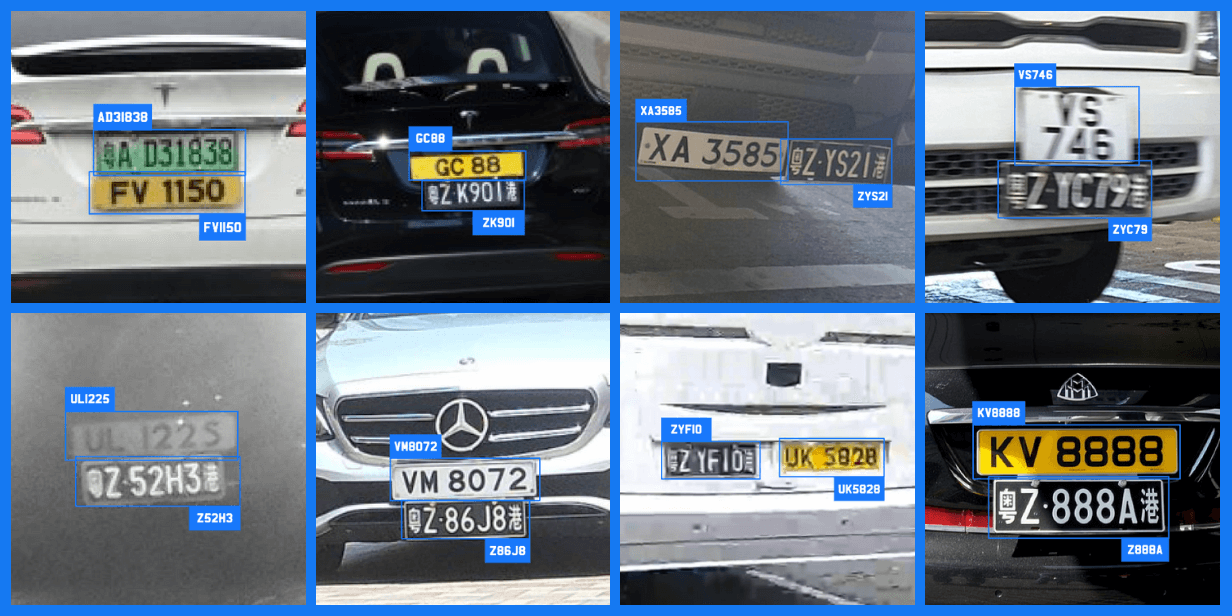
Reading Hong Kong License Plates. Source: ALPR for Hong Kong
These cameras can be either stationary or mounted on moving vehicles. As a car drives past, the software detects its presence, isolates the plate in the image, and logs the number for verification. If the plate matches a flagged record—such as a stolen vehicle—the system triggers an alert, allowing for timely action.
This structure gives users the flexibility to select their preferred camera models while relying on powerful software to handle all recognition tasks. There’s no need to depend on hardware with embedded LPR capabilities.
Who Uses License Plate Readers?
License Plate Readers are widely adopted by law enforcement, parking management firms, municipalities, and private security providers. For public safety teams, LPR systems help streamline patrol duties, making it easier to scan multiple vehicles and flag suspicious activity instantly.
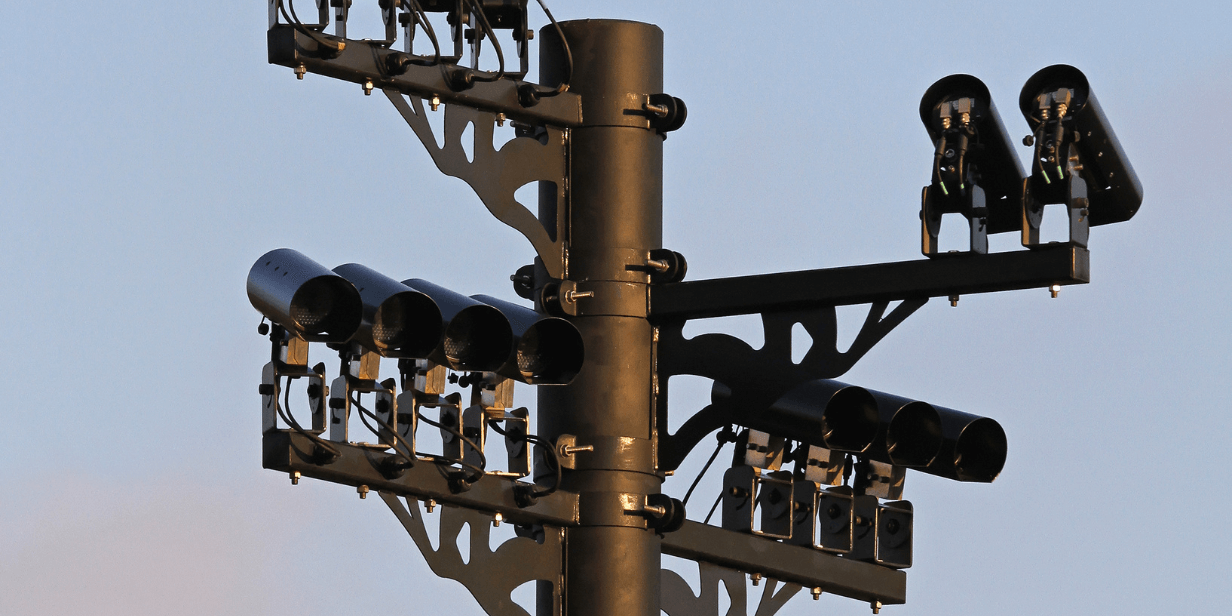
Several traffic cameras monitor traffic. Source: Canva
In commercial settings, LPR enhances vehicle access control, enforces parking time limits, detects overstays, and improves traffic flow. These outcomes are made possible through the analytics and automation handled by the software.
Because LPR systems are built around flexible software platforms, they can scale to match a wide variety of operational needs—ranging from small gated communities to large transportation hubs and smart cities.
How License Plate Readers are Used in Other Countries
License Plate Reader (LPR) technology has been widely adopted across law enforcement, transportation, and commercial sectors. Each country tailors its LPR use to reflect unique legal, urban, and regulatory contexts. Despite these variations, common objectives remain: to enhance safety, improve traffic flow, and automate vehicle-related processes.
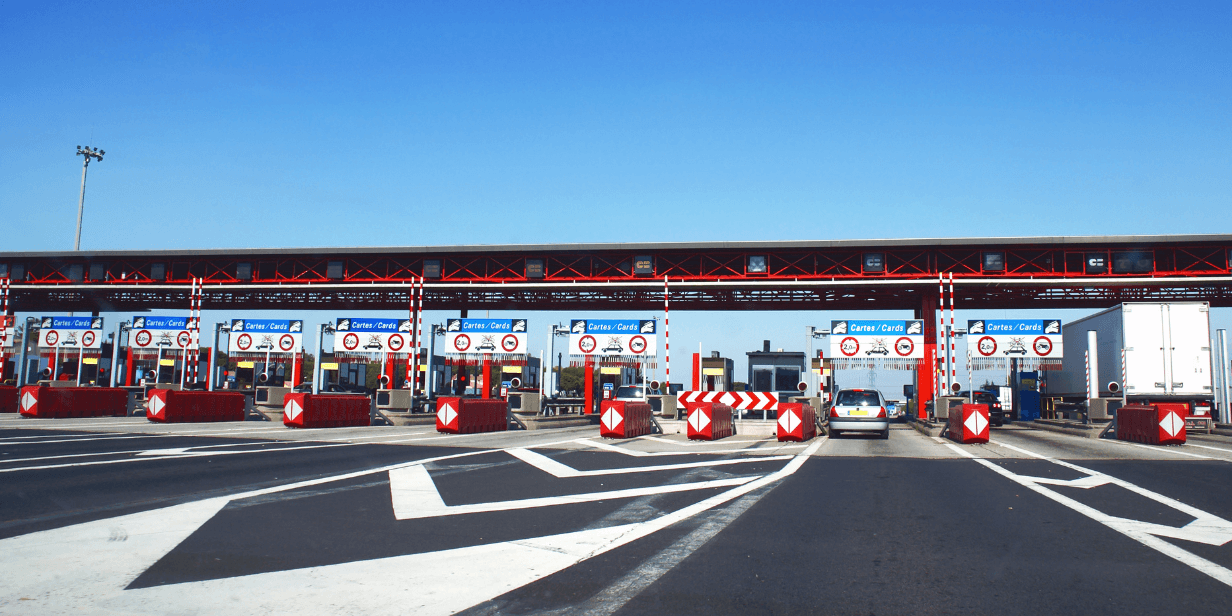
Toll booths equipped with ALPR system. Source: Canva
Examples range from Germany’s privacy-conscious deployments to Singapore’s integration into smart city initiatives. These global case studies highlight how LPR systems are adapted to meet local priorities while consistently delivering benefits. LPRs help streamline traffic management, bolster public safety, and support modern infrastructure. Here’s how several countries are putting this technology to work:
Germany
Germany began implementing LPR systems as early as 2008, with strict legal guidelines following court rulings that emphasized privacy protection. Today, LPRs are used for law enforcement and parking management, but all data collection must align with the country’s stringent data protection regulations. This ensures that innovation is balanced with civil rights and transparency.
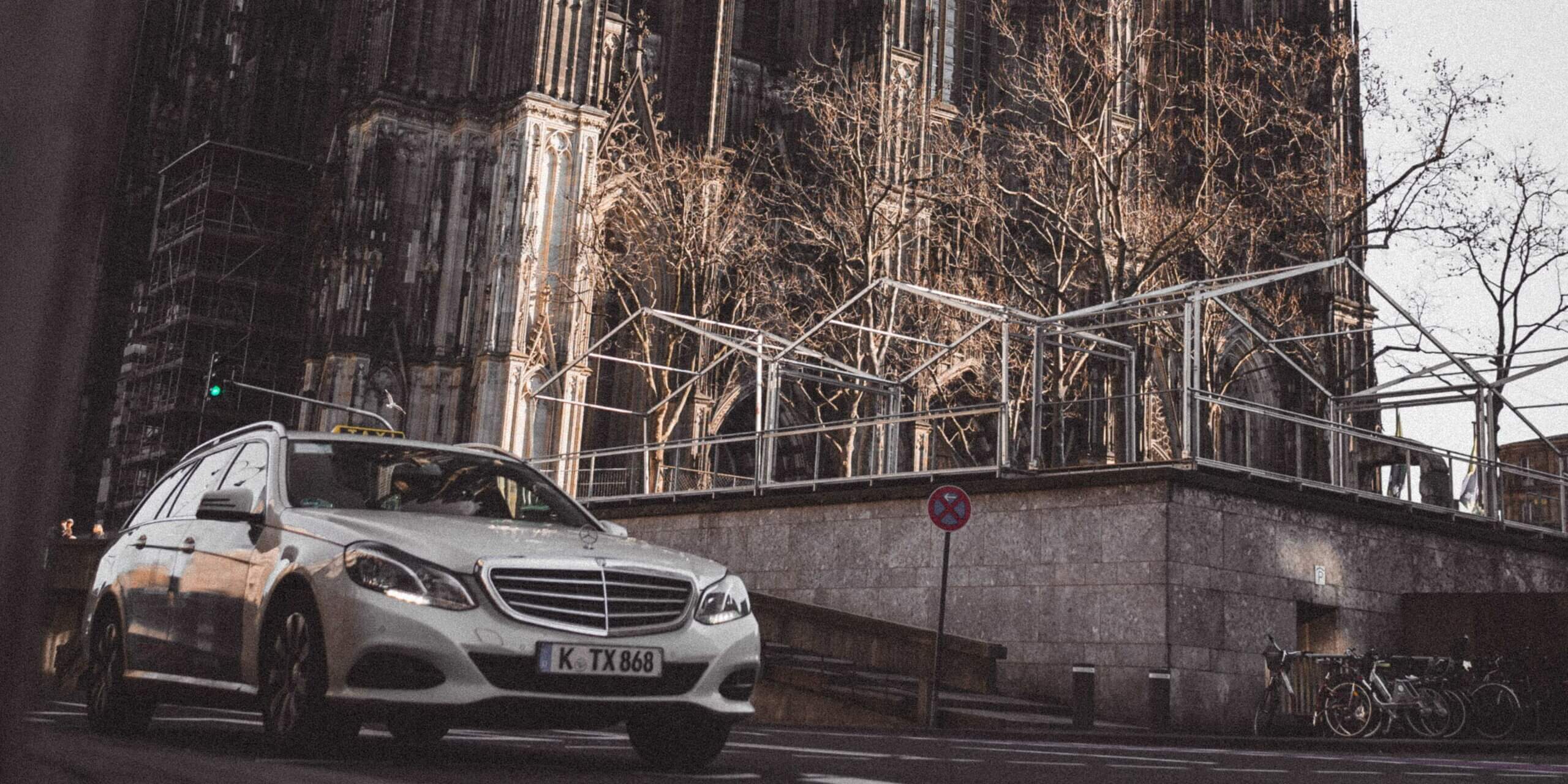
Car with German License Plate. Source: ANPR for Germany
Mexico
Mexico is adopting ALPR (Automatic License Plate Recognition) technology to enhance public safety, modernize traffic enforcement, and streamline toll collection. With increasing vehicle registrations and rising security concerns, local and federal authorities use ALPR systems to identify stolen vehicles, track criminal activity, and support law enforcement operations in real time. The technology is also being used to manage congestion and improve infrastructure planning in urban areas. Given the diversity of license plate formats across Mexican states, effective ALPR solutions in the country must support multiple plate styles and adapt to varying lighting and environmental conditions.
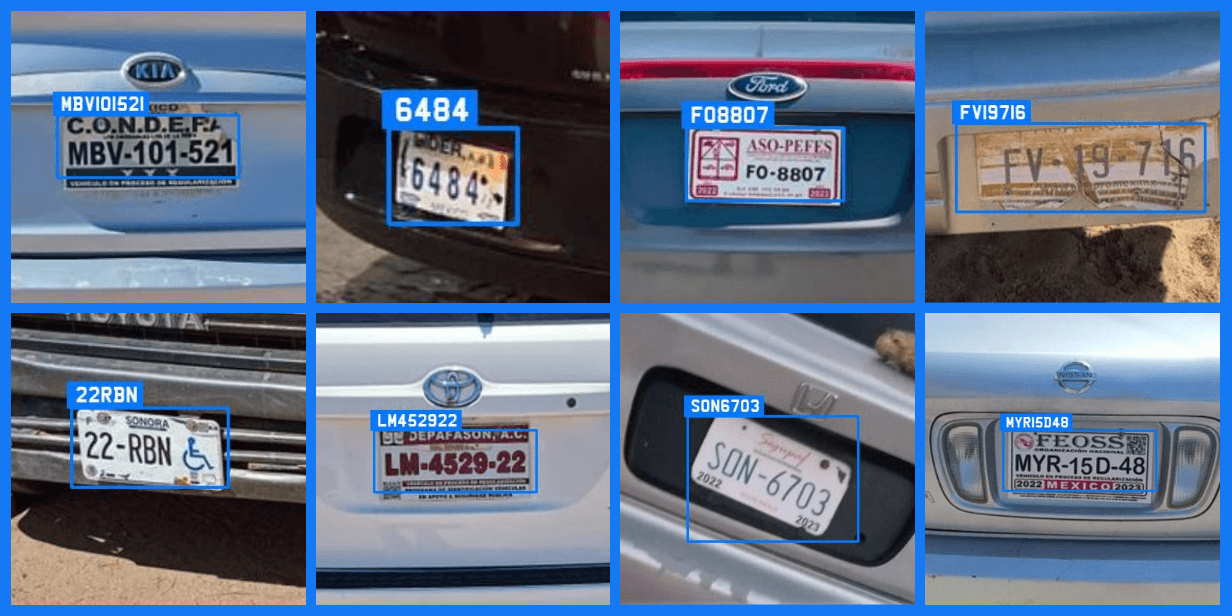
Reading Mexican License Plates. Source: ALPR for Mexico
France
In France, LPR systems help reduce traffic congestion, enhance safety, and support better city planning. In Paris alone, drivers reportedly spent over 138 hours in traffic in 2022. LPRs enable local authorities to monitor real-time road conditions, manage traffic flow, and make data-informed infrastructure decisions. France has also discussed using LPRs as part of an eco-tax initiative to charge higher-polluting vehicles, although the proposal has yet to be implemented.

License Plates from France. Source: ANPR for France
United Kingdom
The UK operates one of the most extensive LPR networks in the world. With more than 13,000 cameras capturing up to 55 million license plates daily, the system supports traffic monitoring, crime prevention, and national security. The data is shared across multiple agencies and helps identify stolen vehicles, enforce parking laws, and investigate serious crimes. The widespread use demonstrates how LPR technology can scale nationally to improve both safety and operational efficiency.
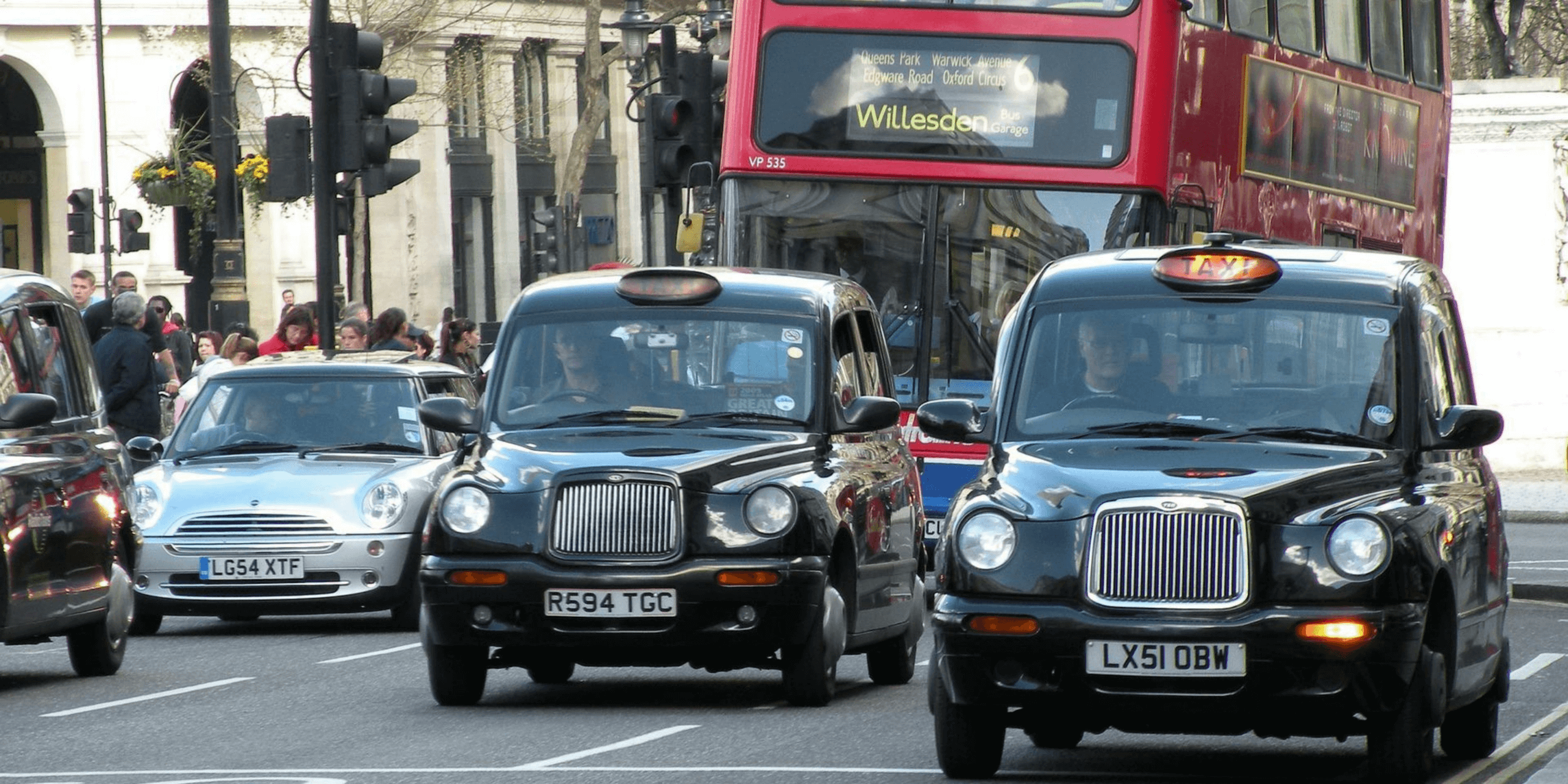
Cars on the streets of the UK. Source: ANPR for UK
Brazil
Brazil has adopted LPR systems to tackle some of its most pressing urban challenges—including crime and traffic violations. In major cities like São Paulo and Rio de Janeiro, LPR cameras are used to identify stolen vehicles, enforce fines, and support law enforcement operations. Given the diversity of Brazilian plates—ranging from old to new formats and colors—systems like Plate Recognizer are trained to handle these complexities. Brazilian authorities also rely on LPRs to monitor toll roads and high-traffic corridors, where quick vehicle identification improves both security and traffic flow.

Photos of cars and a motorcycle captured by ALPR. Source: ANPR for Brazil
Singapore
Singapore continues to lead with smart city innovations, and LPRs are an integral part of its strategy. In 2023, the country deployed 300 fast-response patrol cars equipped with LPR systems that check for violations like expired insurance and stolen vehicles in real time. LPRs are also transforming parking systems. The traditional coupon-based method is being replaced by automated plate-based billing, enabling seamless parking payments, improved enforcement, and better traffic flow.
Ethical Use and Data Governance in LPR Systems
As License Plate Reader (LPR) technology continues to expand into traffic enforcement, parking automation, and commercial access control, the need for ethical deployment becomes more pressing. These systems have proven their effectiveness—agencies using LPRs report faster vehicle recovery rates and increased operational efficiency—but ethical use requires more than just technical accuracy.
Governments and private organizations alike must ensure that LPR systems are deployed with accountability. This starts with defining the purpose of data collection and limiting its use strictly to that purpose. For instance, plate data collected for access control should not be repurposed for surveillance or marketing. Transparency is critical: stakeholders should communicate clearly with the public or customers about how data is used and stored.
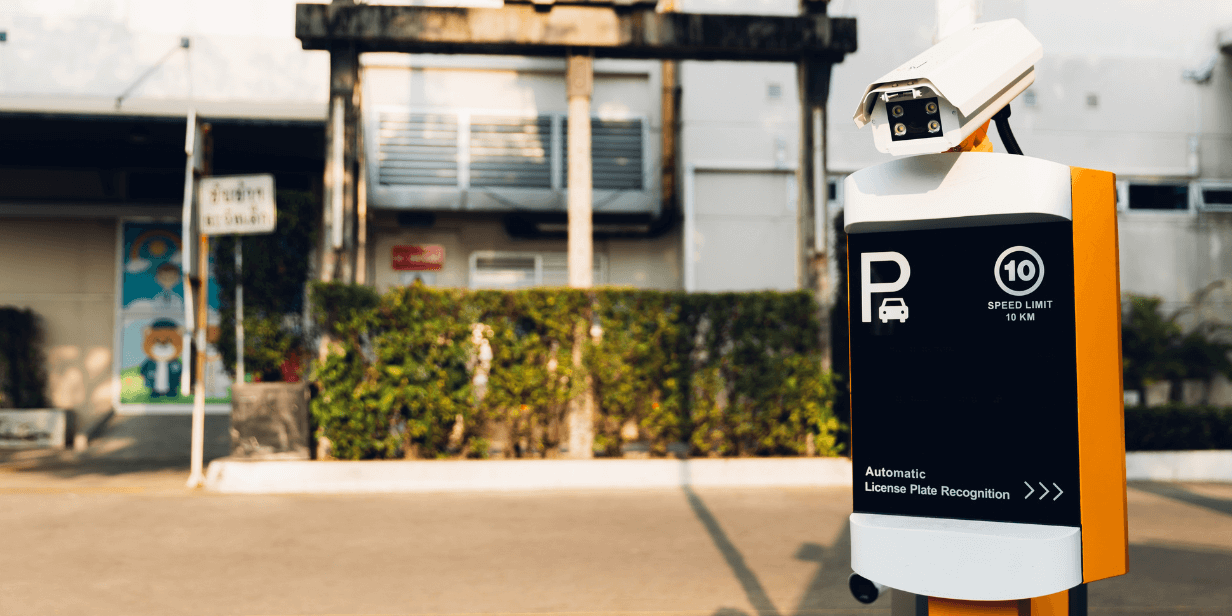
ALPR stand in a commercial space. Source: Canva
Globally, data governance regulations set the standard for privacy protection. The European Union’s General Data Protection Regulation (GDPR) treats license plate data as personal information, subjecting it to strict access controls and retention limits. Similarly, U.S. states like California and Virginia mandate that LPR data be retained only for a short duration unless tied to an investigation. Businesses must also publish their data use policies and ensure access is restricted to authorized personnel only.
One practical tool for supporting ethical use is Plate Recognizer’s BLUR solution, which anonymizes vehicle images by automatically obscuring license plates. This allows companies to comply with privacy standards when storing or sharing images, while still capturing the metadata needed for operational use. BLUR is especially useful in environments where raw plate data isn’t necessary but visual documentation is still valuable.
Ethical implementation depends on routine audits, defined data retention schedules, and secure infrastructure to ensure responsible usage and compliance with privacy standards. clear data retention schedules, and robust cybersecurity protocols. When LPR systems are governed by responsible policies and supported by privacy tools like BLUR, they offer a powerful way to enhance safety and efficiency—while safeguarding individual rights.
LPR Compliance Checklist for Property Owners
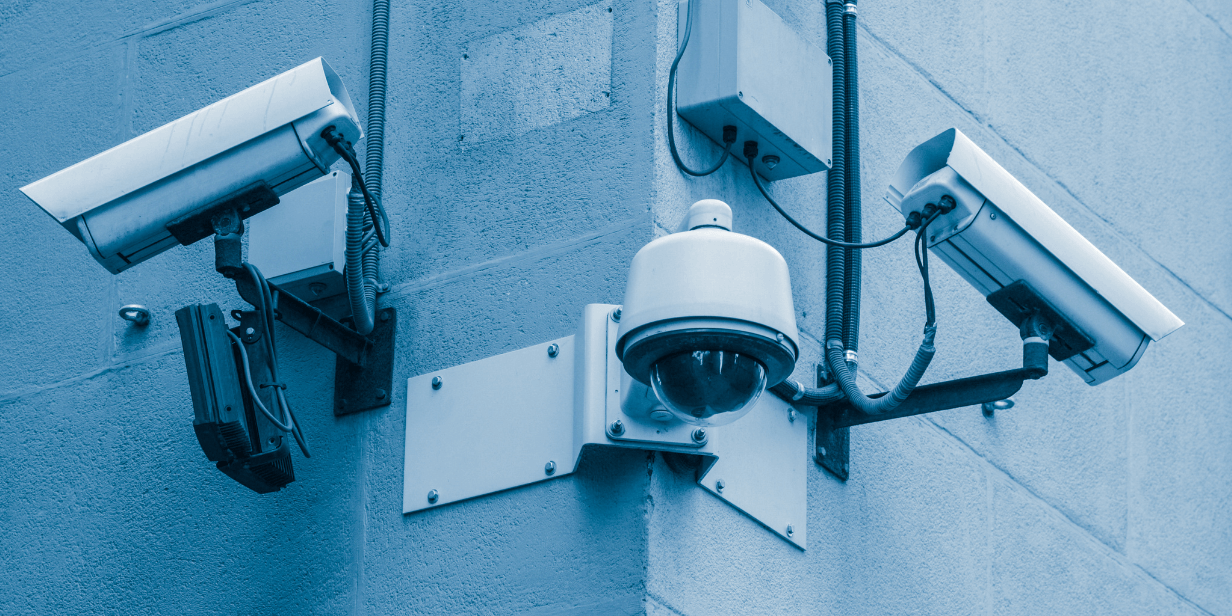
Security cams mounted on a building. Source: Canva
To deploy License Plate Recognition systems responsibly, businesses and municipalities should follow key privacy and data governance practices. Here is a checklist to ensure compliance and build trust with users:
- Define a Clear Use Case – Only collect plate data for specific, necessary purposes—such as EV charger planning, parking management, or access control.
- Limit Data Retention – Store license plate data for a set period only (e.g., 30–90 days), in compliance with local regulations like California Civil Code §1798.90.51.
- Restrict Access – Ensure that only authorized staff or systems can view or export plate data. Maintain detailed access logs and review them periodically.
- Publish a Privacy Policy – Communicate how data is collected, used, and protected. Make this policy accessible to visitors or stakeholders.
- Secure the System – Use encryption, password protection, and routine security updates to guard against unauthorized access or data breaches.
- Audit Regularly – Conduct routine checks to confirm that data retention, access control, and usage policies are being followed.
Following this checklist ensures that property owners’ LPR systems comply with privacy expectations while still delivering valuable operational insights.
Evaluating and Selecting the Right LPR Software
Once compliance and data governance requirements are met, the next step is selecting a License Plate Recognition solution that fits the operational needs of your organization. Here are key criteria to help guide your decision:
- Compatibility with Existing Cameras – Choose software that allows you to use your current IP or CCTV cameras rather than requiring dedicated LPR hardware. This provides flexibility and reduces upfront costs.
- Accuracy in Real-World Conditions – Look for software that has been trained on diverse license plate formats and performs reliably in low light, at various angles, and under poor weather conditions.
- Make and Model Recognition – Ensure the platform goes beyond reading plate numbers to identify the vehicle’s make and model. This feature is crucial for advanced applications like EV charger planning or vehicle classification.
- Deployment Options – Whether you prefer cloud-based systems for remote access and easier updates or on-premise installations for full data control, the software should offer both.
- API and Integration Support – Verify that the system includes a robust API, so it can easily connect with your existing tools, such as security software, parking systems, or analytics dashboards.
- Analytics and Reporting – Look for built-in reporting tools or integrations with platforms like ParkPow to generate meaningful insights from license plate and vehicle data over time.
- Vendor Support and Documentation – Choose a provider with responsive support and thorough documentation to ensure smooth implementation and quick issue resolution.
Software-based LPR solutions offer flexibility, scalability, and long-term value. By selecting a solution that aligns with your property’s infrastructure and goals, you can achieve better vehicle visibility, stronger automation, and improved operational performance.


